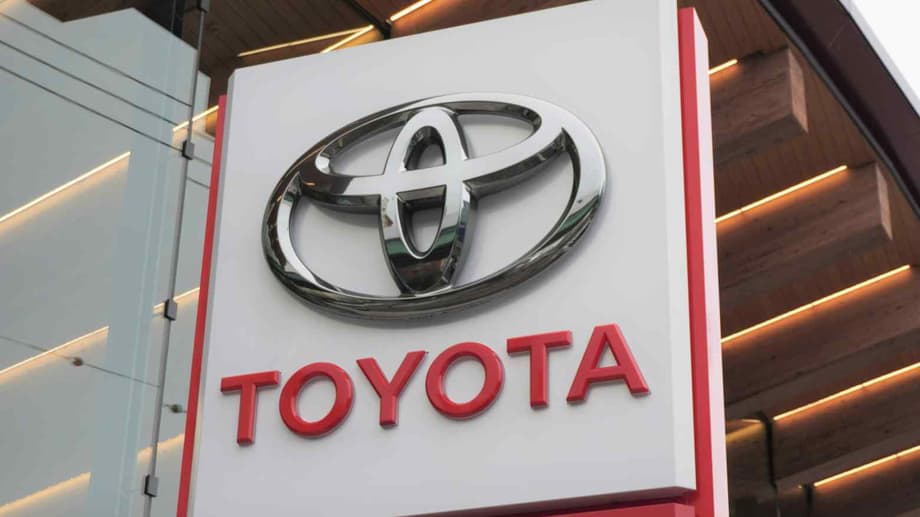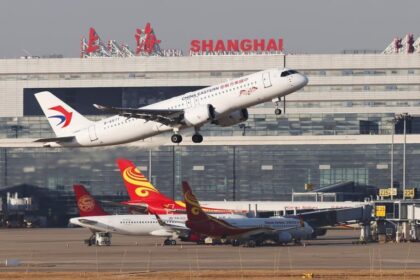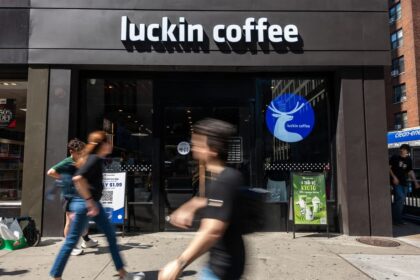Why Toyota is moving now
Toyota will begin building hybrid vehicles in Vietnam as early as 2027, committing about 360 million dollars to expand and modernize its assembly operations near Hanoi. The plan signals confidence in rising demand for gasoline electric cars and aims to double annual capacity to about 100,000 vehicles, up from roughly 47,000 today. It would also make Vietnam the fourth Asian production base for Toyota hybrids outside Japan, joining Thailand, Indonesia, and Malaysia.
Market data suggest the timing is supportive. The Vietnam Automobile Manufacturers Association reports 9,785 hybrids sold from January to September 2025, an increase of about 70 percent year over year, although hybrids still account for less than 3 percent of new registrations. Toyota controls most hybrid sales in the country. New car demand in Vietnam reached about 500,000 units in 2024 and company leaders expect the market could approach one million a year by 2030. Local production is meant to lower prices and improve availability.
Policy also matters. Vietnam applies a special consumption tax of at least 35 percent on most passenger cars, while electric vehicles face a much lower 1 to 3 percent rate. The government is expected to reduce the tax on hybrids by 30 percentage points compared with gasoline models. Toyota estimates that such a change could lower hybrid sticker prices by around 10 percent, subject to strict eligibility rules. That kind of relief, combined with domestic assembly, could help bring hybrids within reach for many first time buyers. Hybrids also reduce fuel use and tailpipe emissions without depending on a public charging network, a practical fit while charging infrastructure and the power grid continue to develop.
What Toyota will build and where
Production will take place at Toyota Motor Vietnam’s existing complex north of Hanoi. The investment will expand stamping capacity by installing three additional press machines for shaping steel sheets, bringing the press line count to four. Toyota will also automate the paint shop and switch from oil based paints to water based products. The company is upgrading its headquarters and plant facilities as part of the same program, reflecting a long term commitment to local manufacturing and supply chains.
These upgrades are scheduled for completion in 2027 or later. Once in place, Toyota expects to lift installed capacity to around 100,000 vehicles a year. Local assembly reduces logistics costs, shortens waiting times, and supports greater localization of parts over time, goals Vietnam’s industry planners have promoted for years.
Plant upgrades and sustainability gains
Water based paints reduce emissions of volatile organic compounds from paint booths, improve worker safety, and can deliver a smoother finish when paired with modern automation. Expanded metal stamping on site means more body panels can be produced locally, rather than imported as bulky parts. That change cuts transport costs and invites more domestic suppliers to participate in tooling, press maintenance, and die manufacturing.
Capacity and product mix
Toyota executives have talked about broadening the range of compact and mid sized hybrids assembled in Vietnam. The company works with 61 local suppliers, including 13 Vietnamese firms, and has increased the number of localized components to more than 1,000. Over 30 years of operation, Toyota Motor Vietnam has produced more than 700,000 vehicles and delivered over 1 million cars to customers. Exports of parts and components have generated close to 1 billion dollars, and tax payments have totaled about 14.4 billion dollars, placing the firm among the country’s top corporate taxpayers.
The policy picture and consumer prices
Tax policy shapes what consumers can afford. A lower tax rate for hybrids would narrow the price gap with gasoline models and may offset part of the current advantage that battery electric cars enjoy. Vietnam’s domestic champion, VinFast, benefits from the 1 to 3 percent special consumption tax on electric cars, helping keep the entry level VF3 at about 13,000 dollars. A hybrid tax cut, if approved and applied broadly, would give buyers another route to lower running costs and smoother urban driving without concerns about charging access.
How hybrid systems work and why they fit Vietnam today
A hybrid couples a gasoline engine with one or more electric motors and a small battery. At low speeds or in stop and go traffic, the motor can move the car and recapture energy through regenerative braking. At higher speeds, the engine takes over or works together with the motor. Drivers refuel at a pump, not a plug. Many hybrids deliver sizable fuel savings compared with similar gasoline only cars, especially in city driving. For Vietnam’s dense urban areas and long queues at toll gates, that combination of smooth acceleration and lower fuel use can be appealing. Hybrids also cut carbon dioxide and local pollutants compared with conventional cars, while avoiding dependence on a grid that still relies heavily on fossil fuels in much of Southeast Asia.
Market outlook and competition
Analysts and industry planners expect Vietnam’s auto market to keep expanding as incomes rise. New car sales stood near 500,000 in 2024, counting industry association data plus non member brands. Forecasts point to annual consumption near one million units by 2030, including a growing share of electrified models. VinFast led national sales in the first nine months of 2025 with more than 100,000 units, helped by incentives for electric models. Toyota remains strong in core segments and holds the lion’s share of hybrid registrations.
Historically, Toyota’s best sellers in Vietnam have included the Vios, Innova, Fortuner, Corolla Altis, and Camry. The shift to electrified powertrains will likely touch these familiar nameplates, whether through hybrid versions or entirely new models tailored to local tastes.
ASEAN footprint and regional supply chains
Vietnam will be Toyota’s fourth Asian country outside Japan to make hybrids, after Thailand, Indonesia, and Malaysia. That matters for economies of scale, shared parts, and technical know how. Vietnam is still building its automotive base. Only about one fifth of components are produced domestically and manufacturers lean on imports for many systems. More local stamping, paint, and assembly work encourages suppliers to invest. It also supports regional trade in parts and complete knock down kits that flow across ASEAN plants.
Economy wide impact and jobs
Toyota’s expansion brings broader economic effects. The company employs around 1,500 people directly and supports an ecosystem of more than 76,000 jobs including dealers, logistics, and suppliers. Facility upgrades and higher volumes translate into more training for technicians, new roles in quality control and robotics, and opportunities for Vietnamese firms to move up the value chain by making more complex parts. Government leaders have encouraged manufacturers to raise localization rates and align with national goals for cleaner transport.
Timeline, phases, and what to watch
Plant upgrades tied to hybrid production are targeted for 2027 or later. Local authorities have been reviewing a two phase expansion proposal. Phase one, planned for 2026 to 2028, would add a new 35,000 square meter facility with capacity for about 15,000 vehicles a year. Phase two, penciled in for 2028 to 2029, would expand assembly and vehicle testing lines across roughly 40,000 square meters. Toyota has requested timely approvals for its investment registration certificate, an extension of its land use rights to 2045, and support on construction permitting, environmental impact assessments, and fire safety rules. Timelines can shift based on regulatory review, construction progress, and supplier readiness.
Batteries, research, and Toyota’s long term strategy
Hybrid production in Vietnam is one piece of Toyota’s wider electrification plan. The company continues to invest in pure electric technology and battery research. Toyota recently agreed to collaborate with Sumitomo Metal Mining on development and mass production of cathode materials for all solid state batteries. The automaker targets the launch of a new battery electric model using all solid state cells in the 2027 to 2028 fiscal year. All solid state batteries promise higher energy density and faster charging, although scaling them remains technically demanding. A multi pathway approach, with gasoline, hybrid, fuel cell, and battery electric options, gives Toyota flexibility to match each market’s infrastructure and affordability.
Risks and constraints
New investment does not remove structural challenges. Vietnam’s auto sector faces high logistics costs and a continued reliance on imported parts. Currency swings and raw material prices can affect sticker prices. Competition is intense, particularly from electric cars that benefit from lower taxes and strong government support. A cut to hybrid taxes would help, but eligibility rules may limit which models qualify. The success of local hybrid production will also depend on how quickly local suppliers can add capacity and meet tight quality standards.
What to Know
- Toyota plans to start hybrid vehicle production in Vietnam as early as 2027.
- About 360 million dollars will fund plant upgrades, new press lines, and paint shop automation.
- Annual capacity is set to rise to around 100,000 vehicles from about 47,000 today.
- VAMA data show 9,785 hybrids sold in the first nine months of 2025, up about 70 percent, still under 3 percent of the market.
- Vietnam would be Toyota’s fourth Asian hybrid production base outside Japan, after Thailand, Indonesia, and Malaysia.
- Officials are expected to cut hybrid taxes by 30 percentage points versus gasoline cars, which Toyota says could trim prices by about 10 percent.
- Local assembly supports 61 suppliers and a workforce that includes 1,500 direct employees and a wider ecosystem.
- Toyota is also investing in all solid state battery development and targets a new electric model in the 2027 to 2028 fiscal year.












